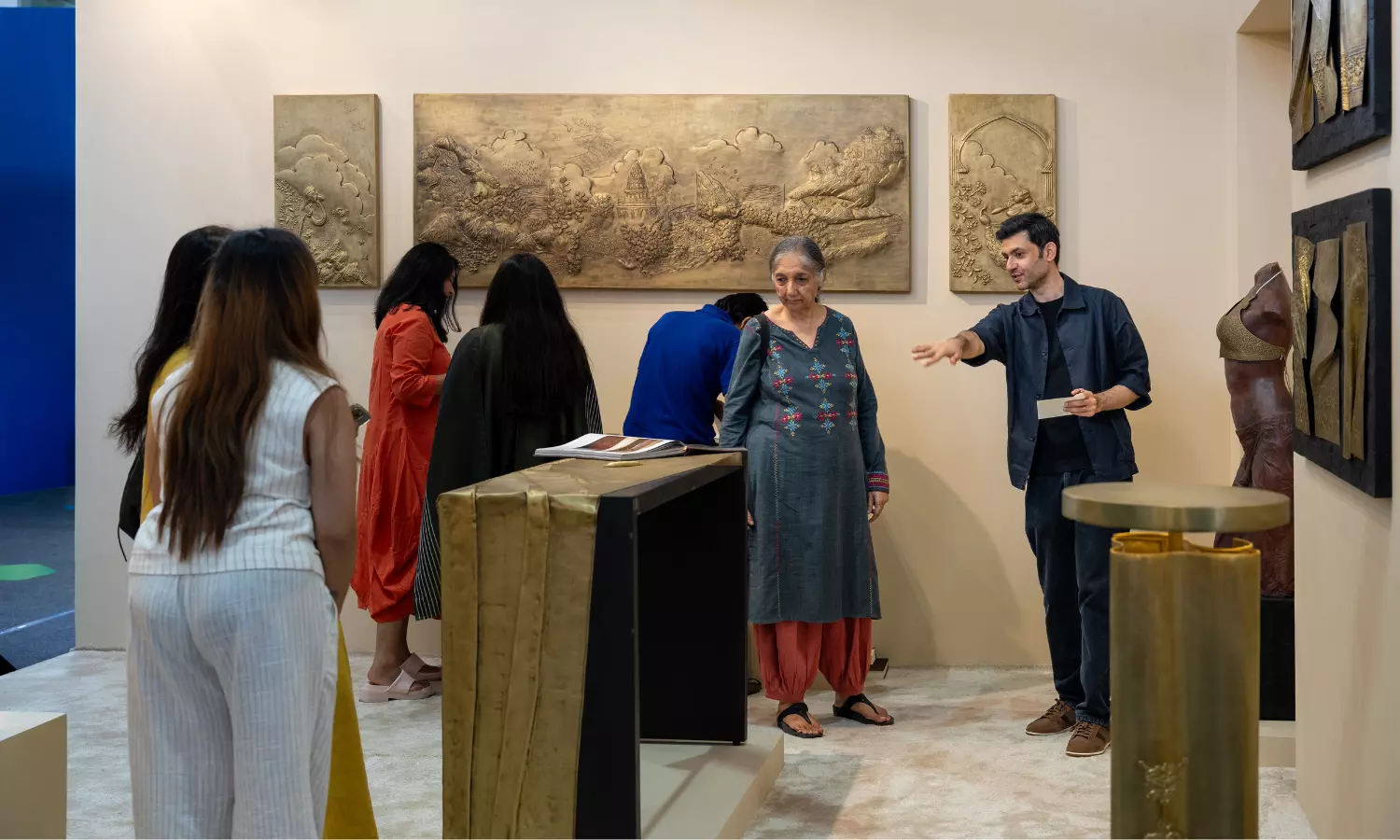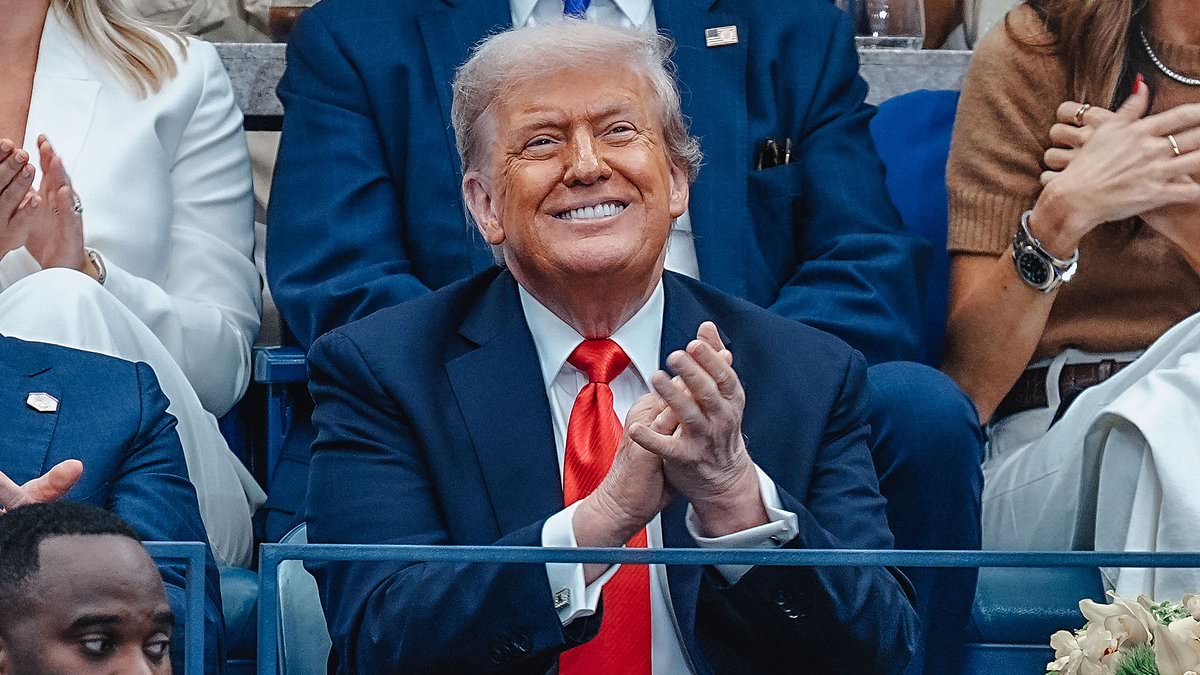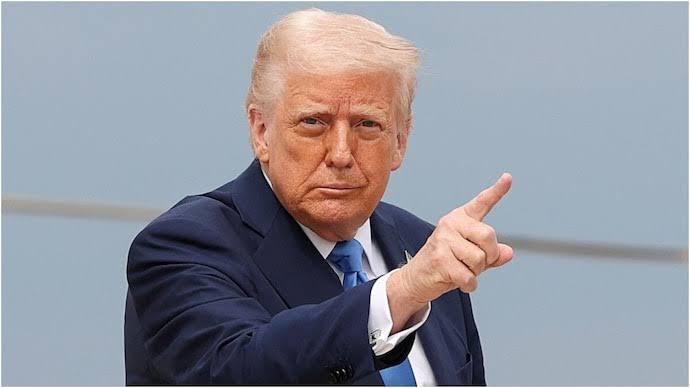By Reshmi AR
Copyright deccanchronicle

When I stepped into Tilfi’s pavilion at Design Democracy in Hyderabad, it felt less like walking into a display and more like being invited into Banaras itself — its legacy, its mythology, its textures, and its artistry, all brought alive in metal. Sculptural panels like Meghdoot and Banaras Ghat rest alongside functional art pieces — a Gilded Drape console table, repoussé sconces, and wine bottle holders — each one a reminder that tradition, when touched with imagination, can speak a contemporary language.“It’s been a journey of roots and reinvention,” says Aditi Chand, CEO and co-founder of Tilfi. “We started in 2016, but our family’s relationship with textiles goes back three generations. Handwoven textiles were, and still are, our first love. Metal repoussé came into our world almost by chance, when we opened our store in Banaras during COVID. We wanted pieces that reflected Banaras’s craft legacy, and that’s how we found metal. But it had largely been restricted to temples — panels for gods, seats, chariots. Much like weaving had once been, it was stuck in a traditional vocabulary. We felt we could bring the same sensibility we had brought to handloom weaving to this craft as well.”The result is art that is as rooted as it is refreshing. Brass sheets are coaxed and hammered into fluid forms, each one carrying the imprint of a hand, a hammer, a tradition. “The workmanship is exquisite,” Aditi points out. “Everything is made by hand. A sheet of metal is hammered from the back to create the pattern, then finished with embossing and chasing from the front. We even borrowed ideas from textiles — folds, drapes, undulations — and gave them new life in metal.” She gestures to a table whose brass top seems to spill over the edges in ripples of gold. “It looks as if a golden sari has been casually draped across. We wanted that same sense of fluidity and grace to come through.” A brass blouse, a panel tracing the Banaras skyline, even a pen holder shaped like a weaver’s shuttle — every object carries a story, both of provenance and reinvention.Among the highlights is Meghdoot, inspired by Kalidasa’s epic poem where a banished Yaksh asks a passing cloud to carry his message of longing to his beloved. “We visualised it almost like a cryptic map,” Aditi explains. “The Yaksh, the Yakshini, the journey of the cloud through mountains and temples — all hammered into a sheet of brass. We like drawing from philosophies and mythologies like these, bringing them into tangible form.”For Hyderabad, Tilfi introduced a line of smaller collectible objects rooted in Banarasi motifs. One series borrows from the Shikargah, the hunting scenes woven into traditional textiles. “But we approached it with a gentler gaze,” Aditi says. “Instead of hunts, we show animals at ease, the wilderness in harmony. It’s about being one with nature. So you will see a tiger leaping, a panther peeping through foliage, but there’s a sense of quiet rather than conquest.” These motifs find their way into trays, wine bottle holders, platters, and candle stands. Each object marries functionality with poetry. “Even in the smaller objects, we retain the sensibility of textiles — the undulations, the wave-like forms — but they also serve a purpose. It’s our way of making the craft live in daily spaces, not just on walls.”The response, she says, has been encouraging. “Hyderabad has always been a key market for our textiles, and there’s a deep cultural affinity here for craft. With metal, it’s the first time we have brought it in a curated way, and people have embraced it. Buyers are art connoisseurs, collectors, people who understand what we are doing — that this is heritage being reinterpreted, not diluted.”Tilfi’s philosophy is rooted in mastery before reinvention. “We believe heritage is not the past, it’s inheritance and evolution,” Aditi says firmly. “If crafts don’t evolve, they stagnate. Our responsibility is to preserve the skill but also give it new context. Preservation and experimentation are not at odds — they are part of the same loop. Without one, the other cannot exist.”In Banaras, a craft is never the work of a single artisan but a collective. Tilfi embraces this ethos. “It takes a village,” she says. “In textiles, at least eight sets of hands touch a piece before it’s finished. The same applies to metal. There is no solitary genius here. It’s always a collective, and we approach it with reverence and humility.” Every piece, whether a 21-lakh narrative panel or a 10,000-rupee brass collectible, reflects this balance of preservation, patience, and pride. “We have always conceived our crafts through a lens of luxury,” Aditi says. “Not as charity, but as investment pieces, as art. There’s a growing pride in our heritage, and we want to present it at the highest level possible. Why should such craftsmanship be confined to temples or to nostalgia? It deserves to stand globally.”Even Tilfi’s name reflects this vision. It’s not named after its…



